Fifty Years Of Growing At Rowley House With Tim Foden: Unique Trees And Perennial Borders
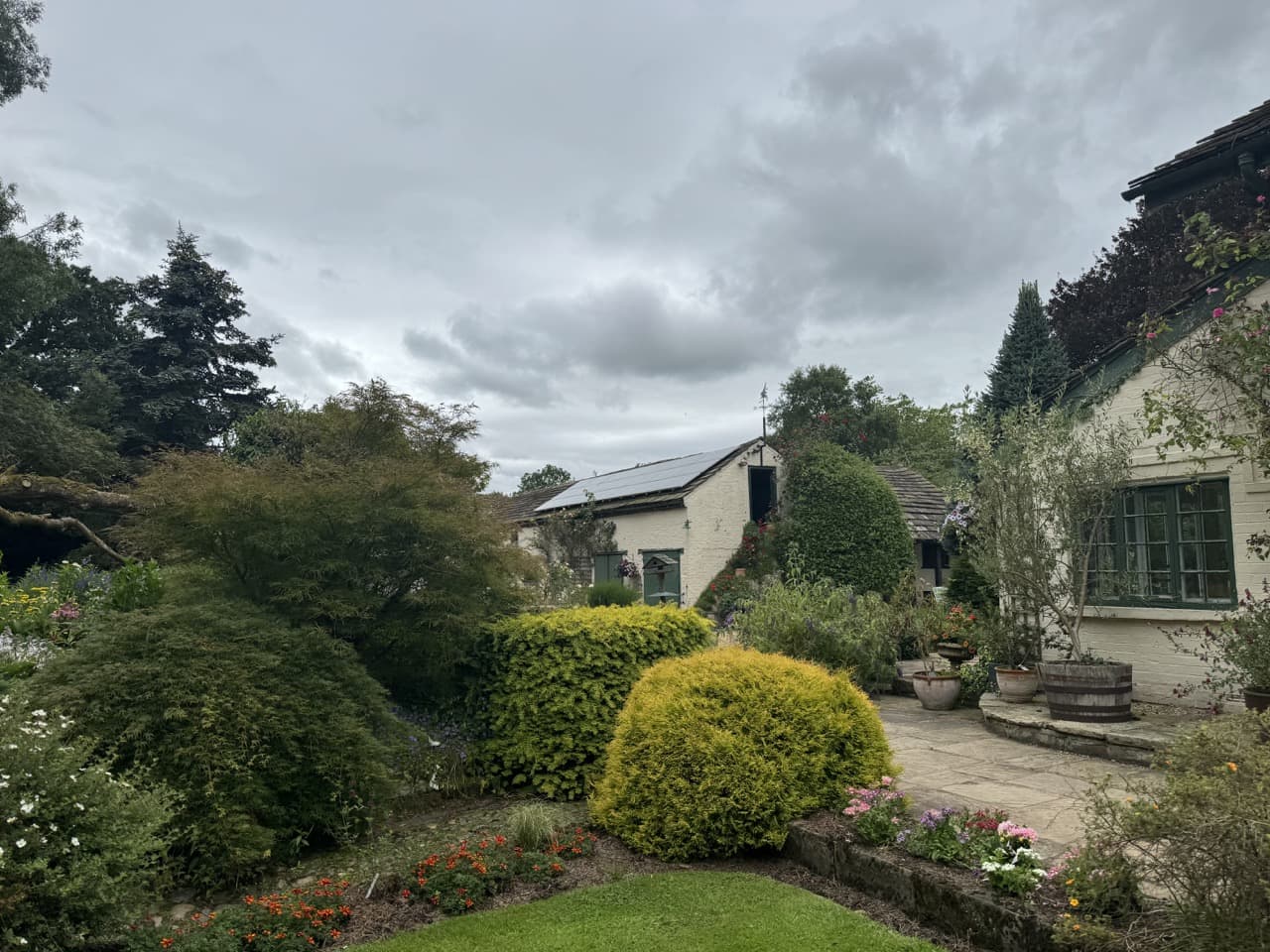
Rowley House, located in Cheshire, is a 25-acre garden which has been planted up with hundreds of unique trees since the 1970s.
Tim Foden, the owner of the garden, has watched as these trees have transformed over the years into impressive specimens.
We take a guided tour from Tim around Rowley House to explore some of the most unique and impressive trees growing over this vast garden space.
Fifty Years Of Growing
“We came to this house in 1969 and I’ve been here ever since,” Tim starts.
“I was mad about trees and planted them in the 1970s and, of course, they’re now big specimens.
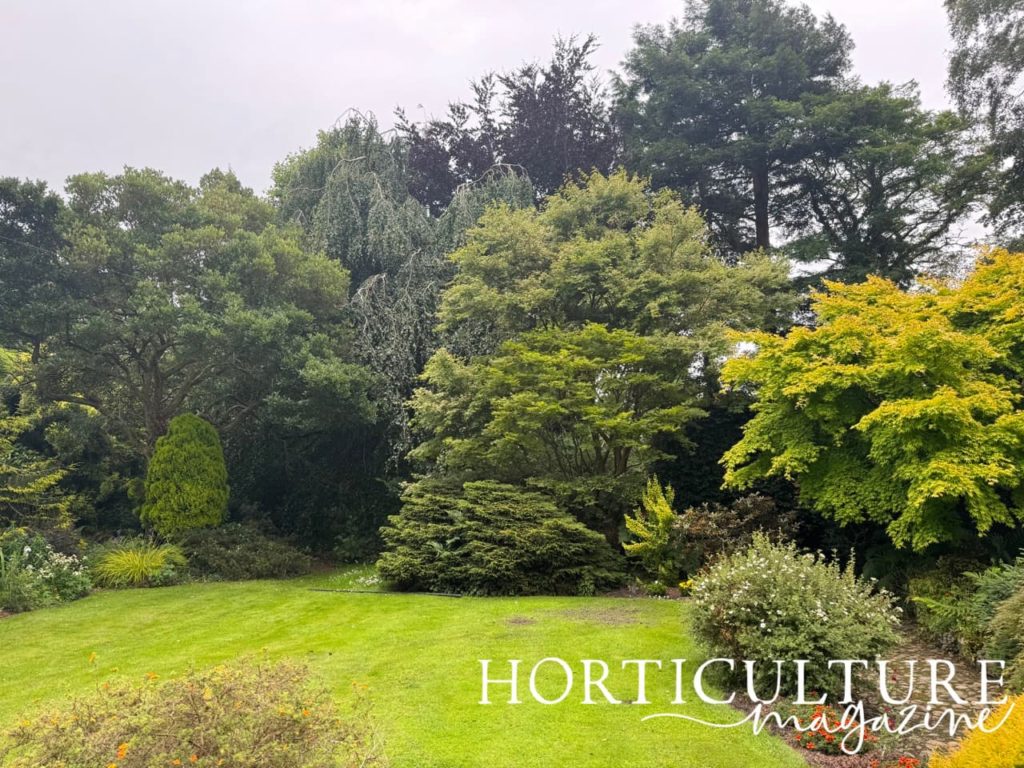
“The garden properly began in around 1981, as I owned a plant nursery that specialised in dwarf conifers and heathers, so I began to garden myself.
“I retired in 2006 and it was around that time that the garden took shape as a garden that was more than just the trees.
“My way of design is that you want a plant, you buy it and then you look for somewhere you’re going to put it!”
Unique & Impressive Trees
“I like Japanese maples, so we’ve got a lot of those,” shares Tim.
“We’ve got several in tubs that are smaller and then some in the ground, which have grown quite large, such as the Acer griseum, which has brown, peeling bark.
“There’s also a large Acer palmatum in the woodland walk. That stayed small for a long time and is now huge.
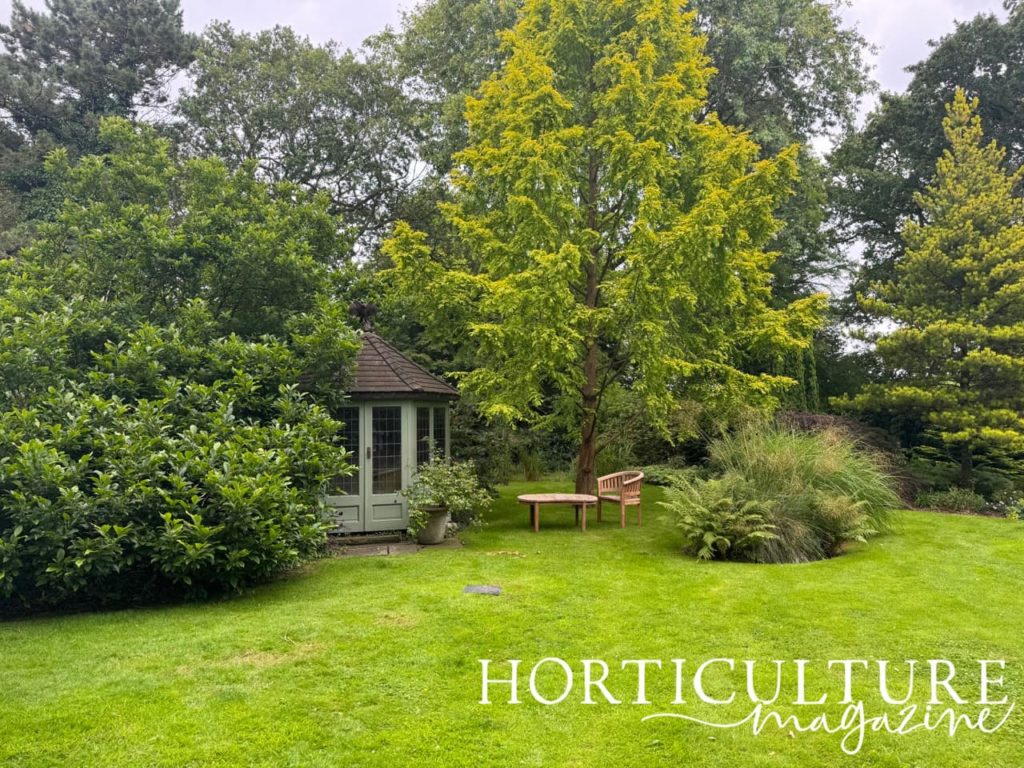
“Pride of place on the woodland walk is the Weeping Beech.
“It just keeps growing and growing, and many visitors admire that – it’s quite a feature.
“We also have a California Redwood, which has very corky bark. It’s surprisingly soft!”
The Herbaceous Borders
“I think the main thing in the garden right now is the herbaceous borders,” Tim explains.
“I’ve also got lots of plants in tubs and pots, such as salvias. They’re very colourful and they just go on flowering for the whole season.
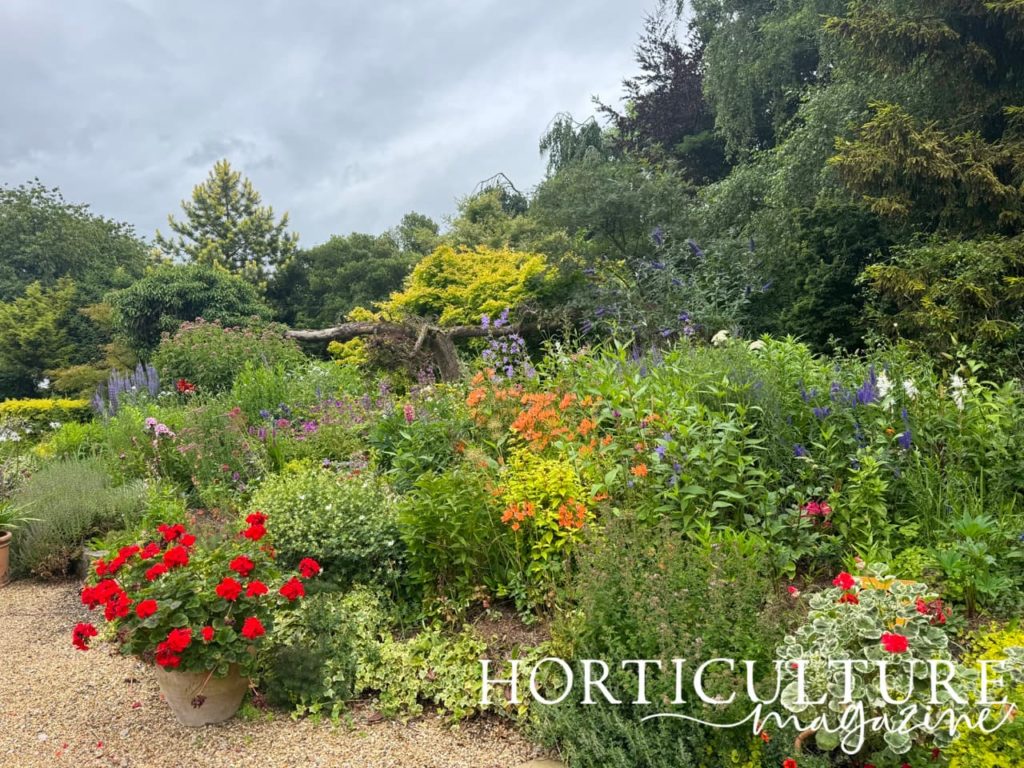
“Herbaceous borders can be difficult to maintain, as they can just become overgrown by the more thuggish plants.
“You’ve got to do quite a lot of work on them to keep them colourful and not let it get too crowded.
“Delphiniums look great at this time of year, but because of their height, they do need a little propping up.”
Visiting Rowley House
“The garden provides a lot of pleasure throughout different times of the year,” says Tim.
“It’s a lot of work, but it’s also very rewarding at the end.
“I hope visitors enjoy this informal garden and can see the wildlife meadows, which are very rare in this country these days.
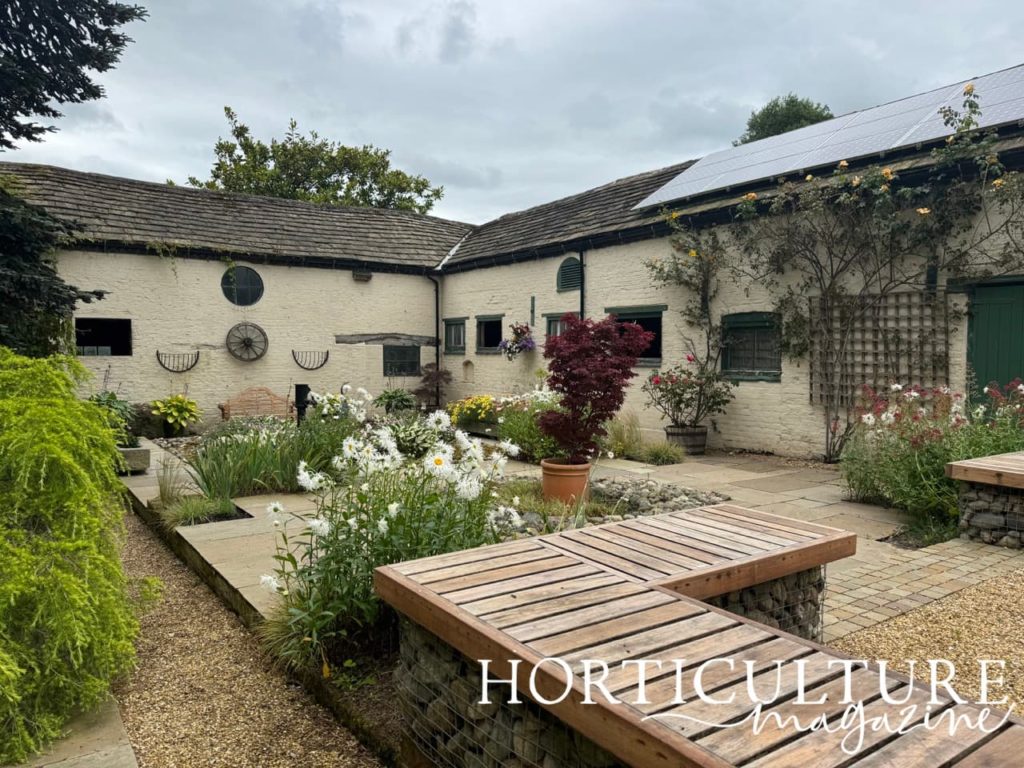
“I hope they get ideas that they can take into their own spaces.”
To discover when Rowley House is next open to the public, head over to the National Garden Scheme’s website.

